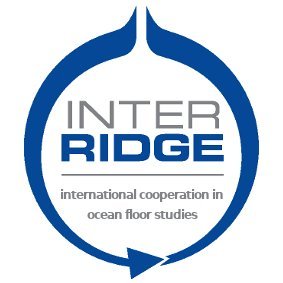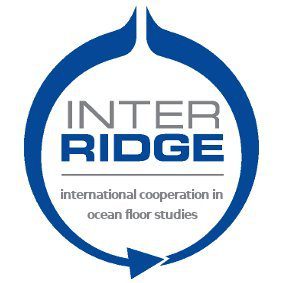InterRidge 2022 Webinar December
Fading magnetic anomalies, thermal structure and earthquakes in subduction zones (8:00 GMT, Wednesday, December 21st)
Summary
Magnetic anomalies are important role to understand seafloor spreading at mid-ocean ridges and reconstructing tectonic evolution, but rarely focused on studying for subduction zones. The magnetic signature of the subducting plate does not originally differ from that of the oceanic one. A pioneer study in the Japan Trench showed that this signature progressively fades away and disappear during subduction, reflecting the increasing distance to the magnetized sources and the removal of their remanent magnetization with increasing temperature. Nowadays, thanks to our better knowledge of subduction slab geometry from seismic investigations, and to the numerous available scalar and vector marine magnetic anomaly data that we took advantage of a high-resolution magnetic anomaly map. We investigate the magnetization of the oceanic crust both before and after subduction and extend our initial study area from the Japan-Kuril subduction zone to other subduction zones to try to generalize our observations. Before subduction, a 20% loss of magnetization between the outer-rise and the trench occurs in old seafloor, caused by rejuvenated hydrothermal circulations and alteration of magnetic minerals. Conversely, such a loss of magnetization is not observed for the young seafloor because the flexure remains very limited. After subduction, both exhibit a fast decay of magnetization due to thermal demagnetization of titanomagnetite (Tc:150-350°C) in the extrusive basalt, followed by a much slower one due to thermal demagnetization of magnetite (Tc: 580 °C) in the deeper crust. However, the fast decay is more rapidly achieved in the young seafloor due to differences in the thermal structure. Overall, the magnetic anomalies in subducting oceanic crust decay as an effect of flexure, normal faulting and hydrothermal alteration before subduction, and thermal demagnetization of the different magnetic minerals after subduction. The seawater injected in the oceanic crust before subduction is trapped by the sediment cover after entering subduction and may significantly heat up the slab through thermal blanketing, adding to the thermal gradient and possibly heat released by serpentinization of the mantle wedge. The speed of thermal demagnetization is modulated by the lithospheric thickness, hydration rate, and therefore the age of the seafloor.
Main points
- The oceanic crust consists of two major layers of two different magnetic minerals.
- The magnetization of oceanic crust is systematically decreased by seawater alteration (before subduction) and thermal demagnetization (after subduction).
- Hydrothermal circulation in subduction zones may be more active than the previous thoughts in subduction zones.
- The seawater circulation rapidly heats up the subducting oceanic crust and that may trigger the shallow earthquake mechanisms.
Brief information about Dr. Hanjin Choe: Main career and academic interest
Hanjin Choe is an assistant professor in the Department of Geological Sciences at the Pusan National University. His research is to explore the tectonic structures in the oceanic crust, with a focus on marine magnetic and gravity data mostly in subduction zones and at oceanic crust. He holds a PhD degree from the IPGP/Universite de Paris. He has participated in and led numerous field expeditions, including cruise survey expeditions in the Pacific and Indian Oceans.

